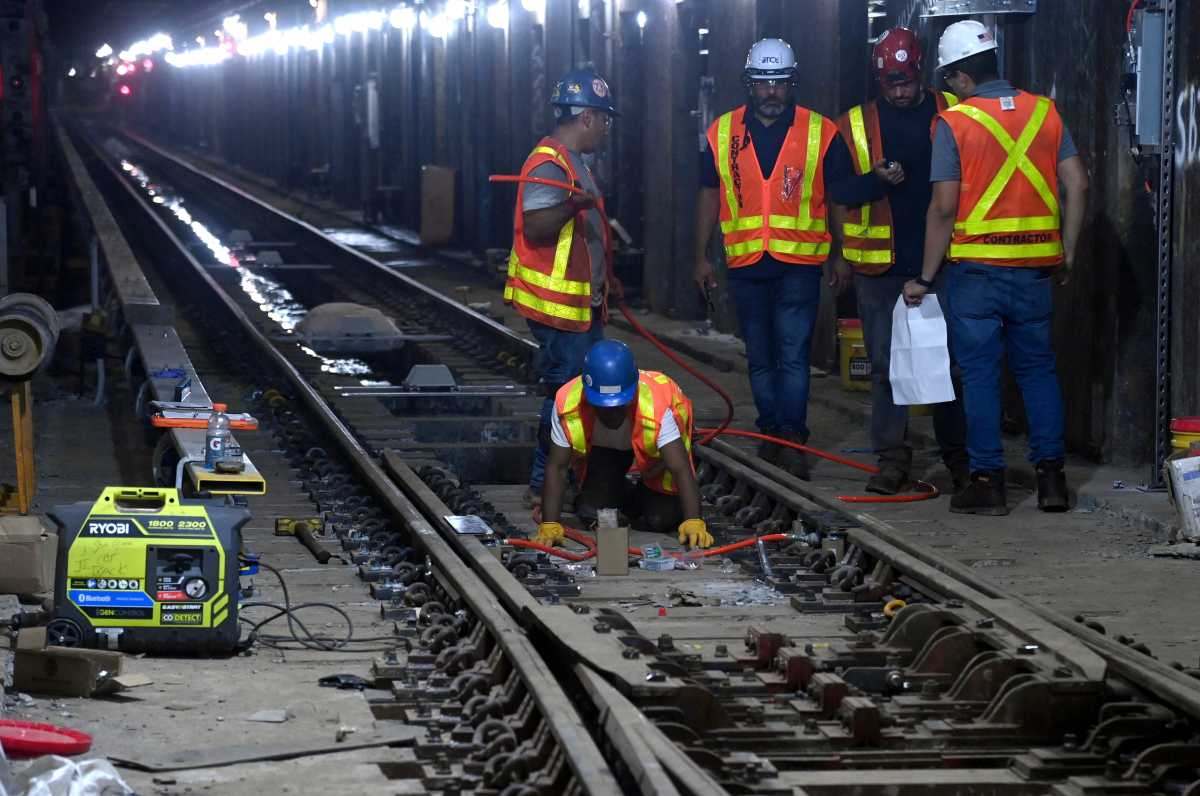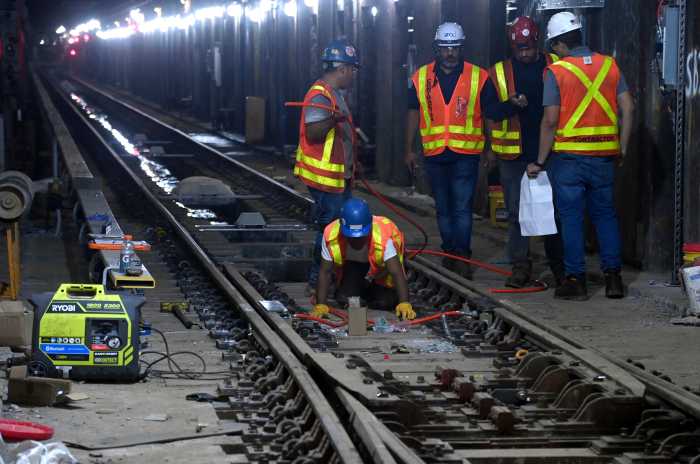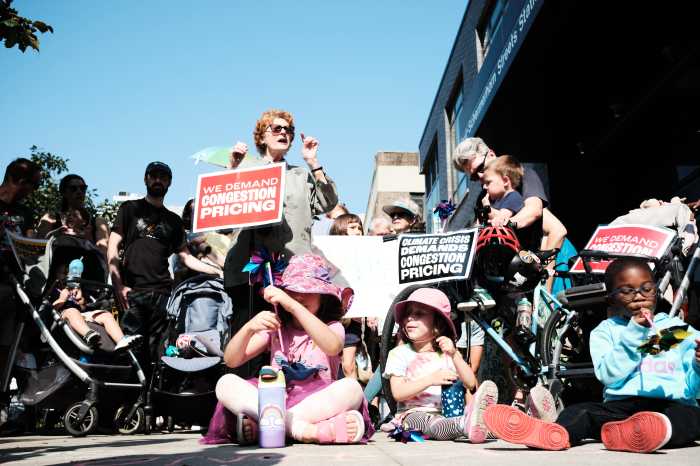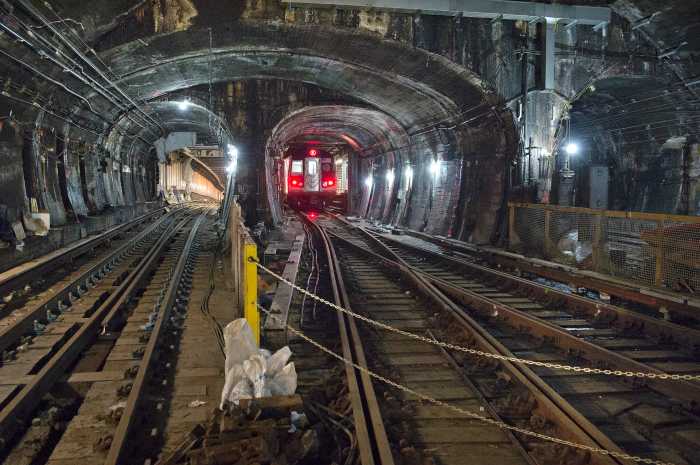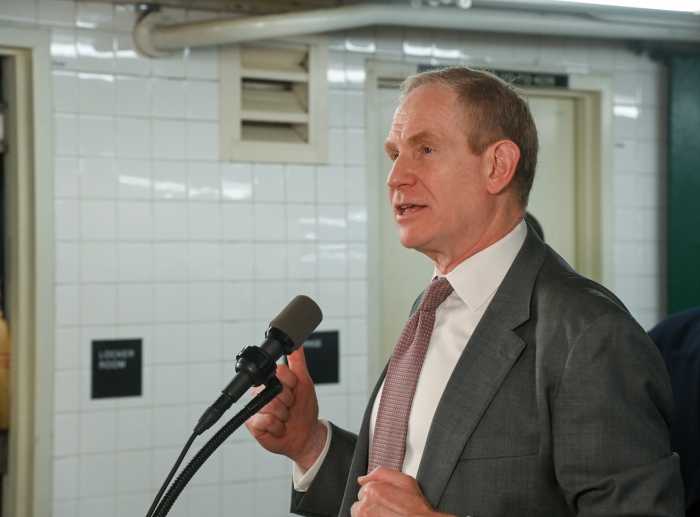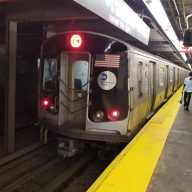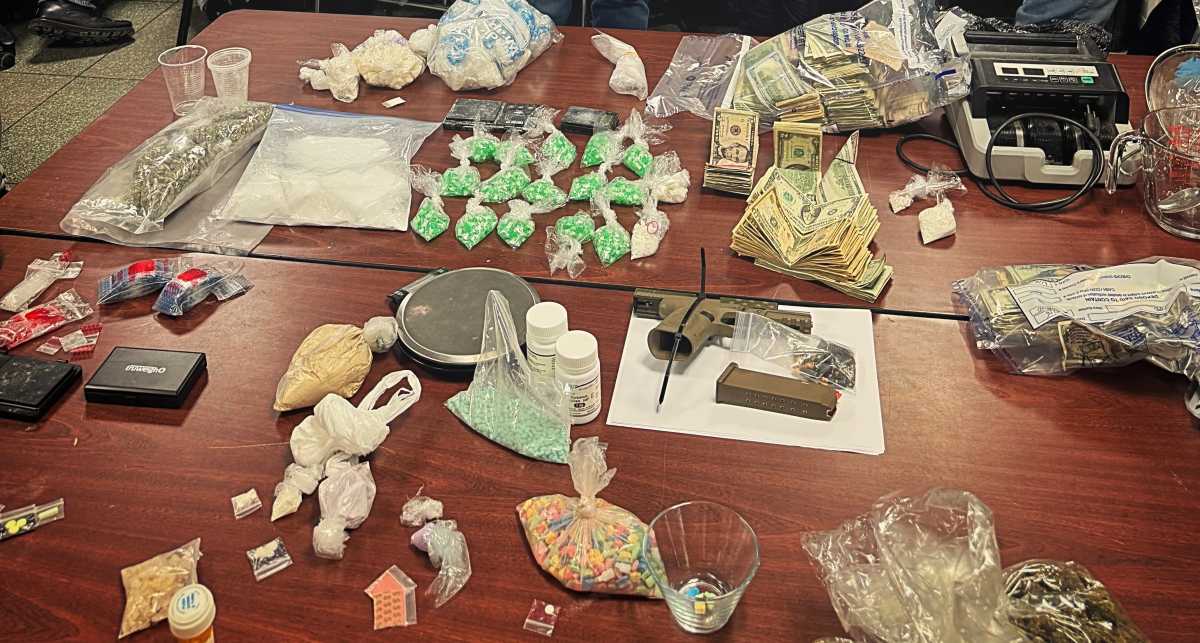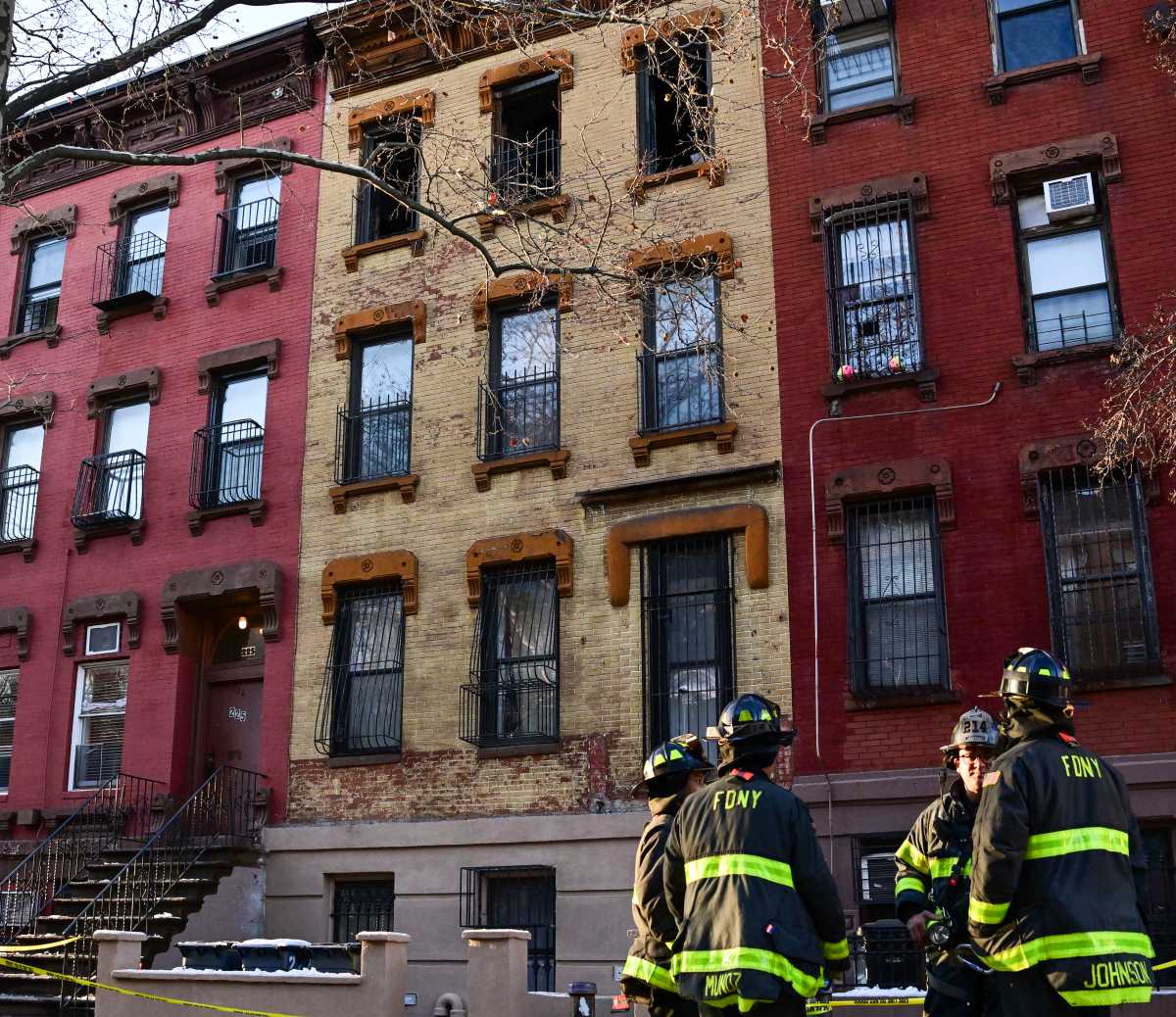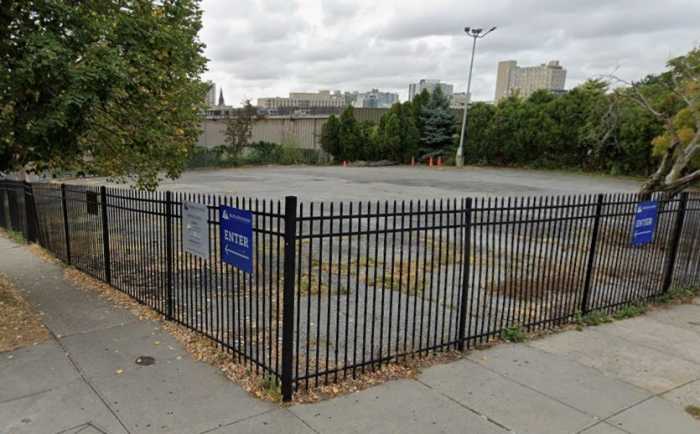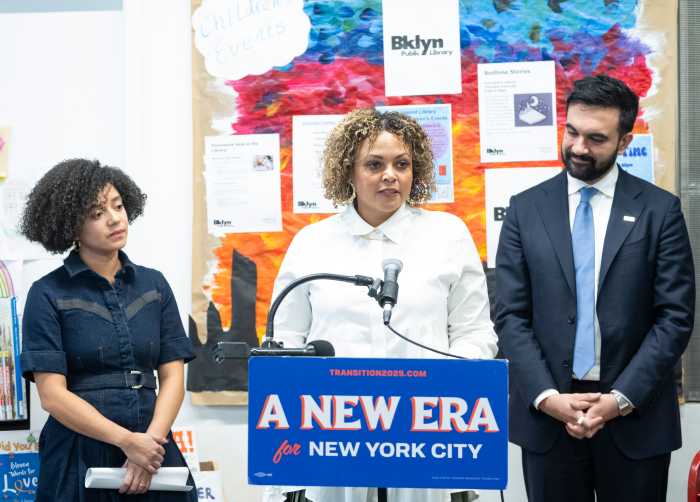The MTA approved on Wednesday its $68.4 billion capital plan for 2025-2029 — even though how much of that plan will be paid for remains up in the air with Gov. Kathy Hochul’s ongoing pause of congestion pricing.
All 10 members of the MTA board approved the proposal on Sept. 25, which includes purchasing new railcars across the subway and commuter rail systems; building at least 60 subway stations and six commuter rail stations; investing in signal modernization and fare gates; making critical structure repairs; and boosting station environments.
The plan now heads to the State Capital Program Review Board on Oct. 1, as required by New York’s Public Authorities Law.
But that is only half the battle for the MTA; the other half comes in the form of funding. Hochul halted congestion pricing, which aims to reap $1 billion in funding every year for the MTA through tolls from drivers entering Manhattan, just weeks before it was scheduled to start on June 30.
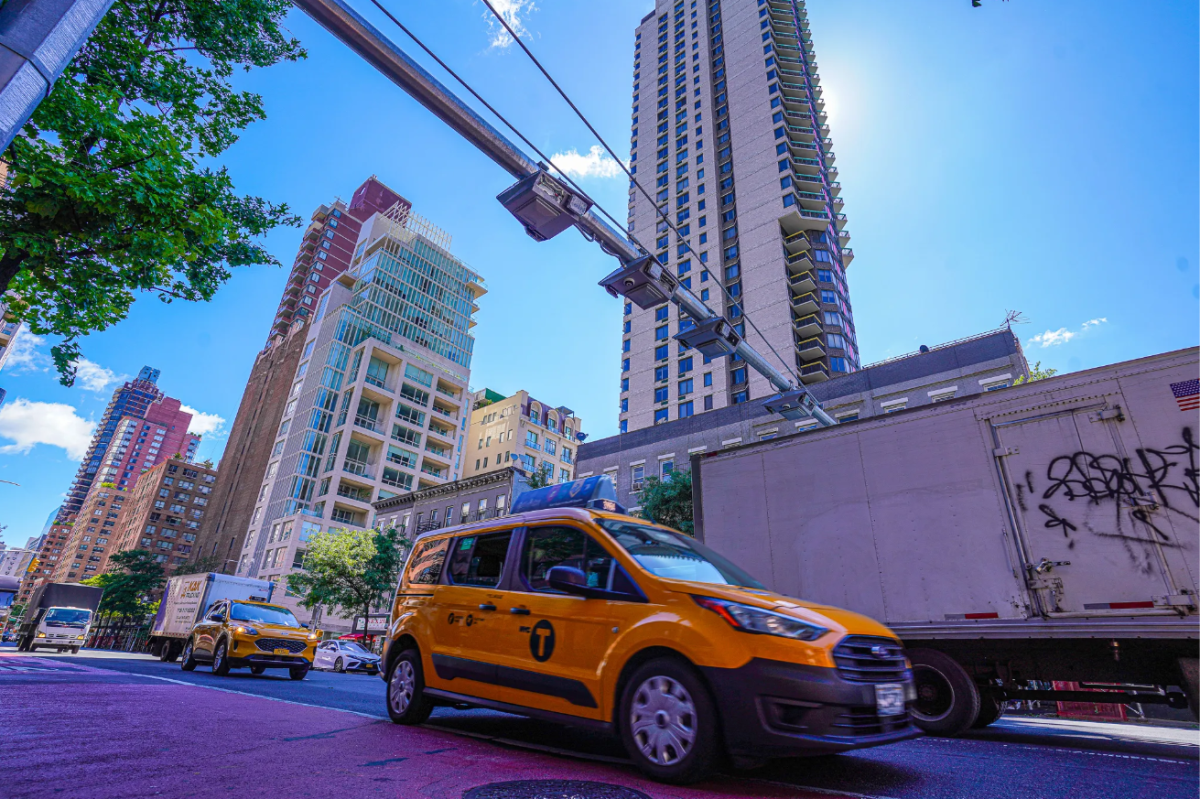
Hochul’s decision immediately threw the MTA’s capital plans into uncertainty and blew open a $15 billion hole that needed to be filled. Despite the governor’s promises that alternative funding would be found, no such plans have yet been proposed from Albany.
MTA Chief Financial Officer Kevin Willens said last week that the authority would propose issuing $10 billion in MTA-issued bonds to help fund the 2025-2029 Capital Plan. He also said the MTA expects to receive around $21 billion from federal funding and state and city bonds but noted that the agency has not yet put forward specific numbers because funding sources have not been approved.
Even so, Willens added, the MTA is not proposing a complete funding package in the plan; rather, the agency was focusing on the projects and requirements it needs to address over the next five years.
Willens said there is currently a deficit of around $33 billion and acknowledged that the remainder of the funding sources need to be identified.
The MTA quoted a JP Morgan analysis that stated that annual capital expenditures ranging between $16 billion and $23 billion were required if the MTA was to match comparable peers. A separate independent review from the Office of the New York State Comptroller estimated that the total capital needed for the 2025-2029 plan ranged between $57.8 billion and $92.2 billion.
Read More: https://www.amny.com/nyc-transit/



